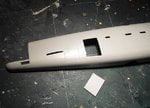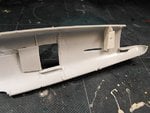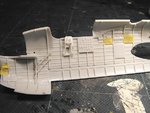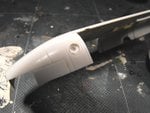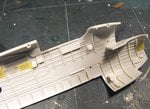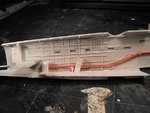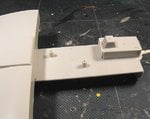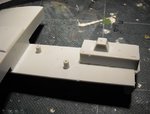109ROAMING
2nd Lieutenant

Follow along with the video below to see how to install our site as a web app on your home screen.
Note: This feature may not be available in some browsers.
Ad: This forum contains affiliate links to products on Amazon and eBay. More information in Terms and rules

I was rather fortunate, though the best bit was trying to chase a Spit (PR19) and Hurricane - in a Chipmunk!!


